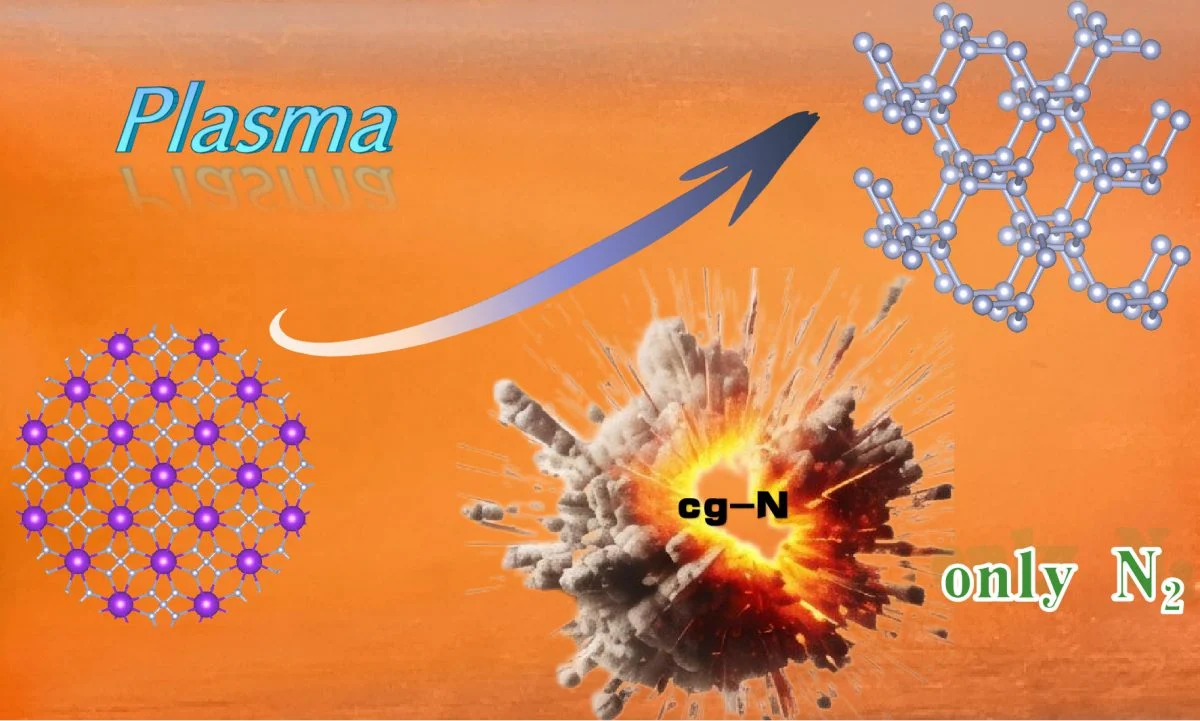Scientists synthesized cubic heterogeneous nitrogen (cg-N) under atmospheric pressure, confirming its stability up to 760 K. This development offers a practical approach to cg-N production with potential implications in creating high energy density materials. .
A research team led by Professor Xianlong Wang from the Hefei Institute of Physical Sciences, part of the Chinese Academy of Sciences, has successfully synthesized cubic heterogeneous nitrogen (cg-N), a material with high energy density at atmospheric pressure. This achievement was made possible by the plasma chemical vapor deposition (PECVD) process of potassium azide (KN3).
The results of the research were published in the journal Science Advances.
Cg-N is a pure nitrogen material consisting of nitrogen atoms connected by N-N single bonds, similar to the structure of diamond. It attracts attention due to its high energy density and the fact that it produces only nitrogen gas when decomposed. The development of an effective and safe synthesis method under atmospheric pressure is an urgent problem.
Theoretical foundations and surface stability
Since 2020, the research group has been using first-principles calculations as a theoretical guide to model the stability of the cg-N surface under various saturated states, pressures, and temperatures. The results showed that the instability of the surface led to the dissociation of cg-N at low pressures. They suggested that saturation of surface suspension bonds and charge transfer could stabilize cg-N at atmospheric pressure up to 750 K.
In this study, the team chose the less toxic and explosive KN3 as a precursor due to the strong electron transfer ability of potassium and successfully synthesized cg-N using PECVD technology without relying on the limiting effect of carbon nanotubes. Thermogravimetric differential scanning calorimetry (TG-DSC) measurements confirmed that the synthesized cg-N exhibited thermal stability up to 760 K with subsequent rapid and intense thermal decomposition.
According to the team, the research provides an efficient and convenient way to synthesize cg-N at atmospheric pressure, as well as new ideas for the development of future materials with high energy density.













